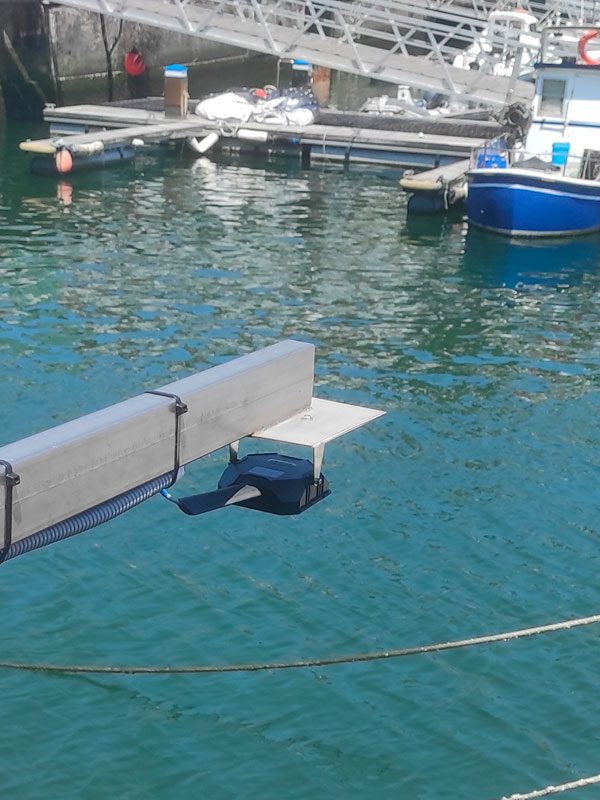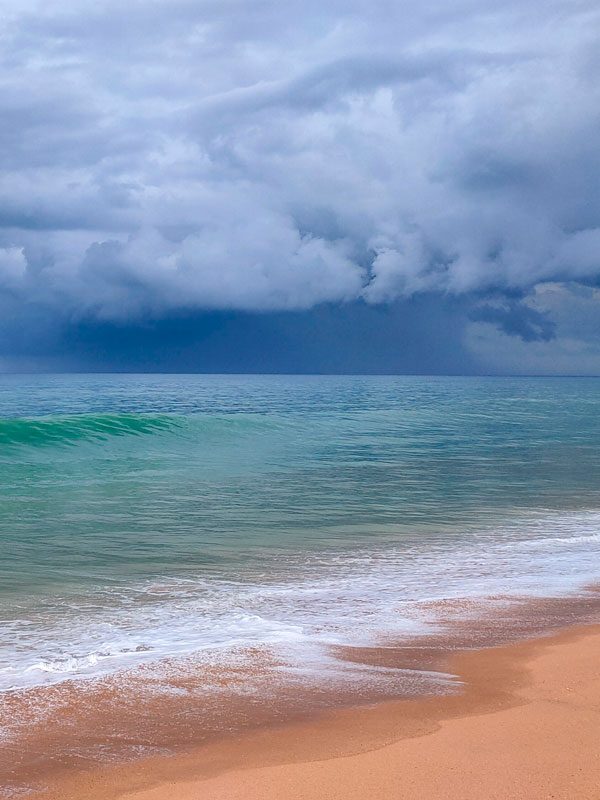High-frequency tide gauges in Pasaia and Bermeo
Over the last ten years, several high frequency tide gauges have been installed in Pasaia and Bermeo, collecting information on the height of the sea level with a frequency of 1 measurement every 5 seconds.
This equipment has recorded the height of the sea surface in those situations in which the forecasts warned of the imminence of a storm of extraordinary characteristics (those now known as explosive cyclogenesis: Klaus, Hercules, etc.). The objective of the measurements taken by the high frequency tide gauges has been to assess the risk of flooding from these events in areas protected from waves (ports, estuaries and river mouths).
From this intensive dataset it is possible to separate the different processes involved in the sea level signal: astronomical tide, meteorological tide and harbour agitation.
- The astronomical tide has a gravitational origin, is due to the attraction of the Sun and the Moon on the fluid surface of the ocean and, being associated with the motions of the stars, is predictable well in advance.
- The meteorological tide is due to the effect of the atmosphere on the sea surface, especially atmospheric pressure (anticyclonic conditions cause a drop in sea level, while storm surges cause the sea level to rise).
- In addition, in sheltered areas (bays, estuaries, estuaries, harbours, etc.), waves produce changes in sea level over a much shorter period than the astronomical and meteorological tide, in the range of tens of seconds to a few minutes, known as port swell.
The combination of the three processes, astronomical tide, meteorological tide and meteorological tide, has a significant impact on the coastal strip, which can be inundated and affected by waves in stormy sea conditions.


